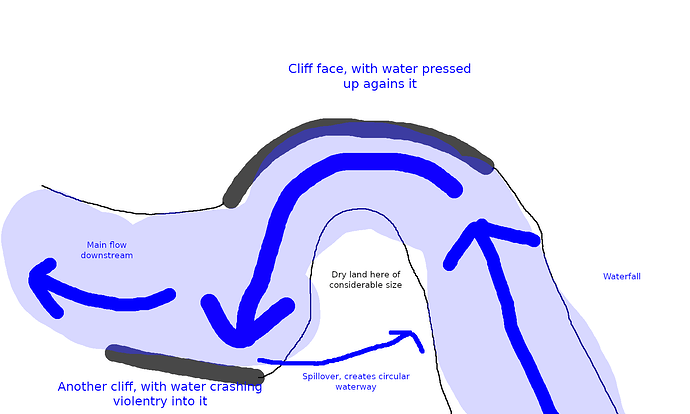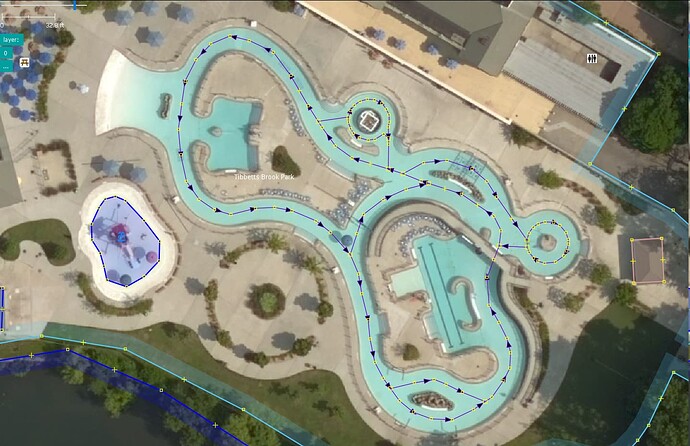Around the year 630, St. Féchín founded Fore Abbey, about 75 km northwest of modern day Dublin, Ireland. There are Seven Wonders of Fore Abbey, one is “the water which flows uphill”.
Naturally, this is merely the fantasy of early medieval monks, and couldn’t actually happen in reality.
So here’s a map of them! WaterwayMap.org/loops/ There are 21,000 loops of water going around in a circle in OpenStreetMap today.
These are almost certainly mapping mistakes.
The code, looks any waterway tags, excluding: dam,weir,lock_gate,sluice_gate,security_lock,fairway,dock,boatyard,fuel,riverbank,pond,check_dam,turning_point,water_point,spillway,safe_water (because those don’t represent water ways), and excluding canal,ditch,drain because those aren’t flowing water (or are they? ![]() )
)
Data should be updates ~daily.
![]() Time to get mapping and fixing!
Time to get mapping and fixing! ![]()
Feature requests can also be made to the WaterwayMap.org issue page


